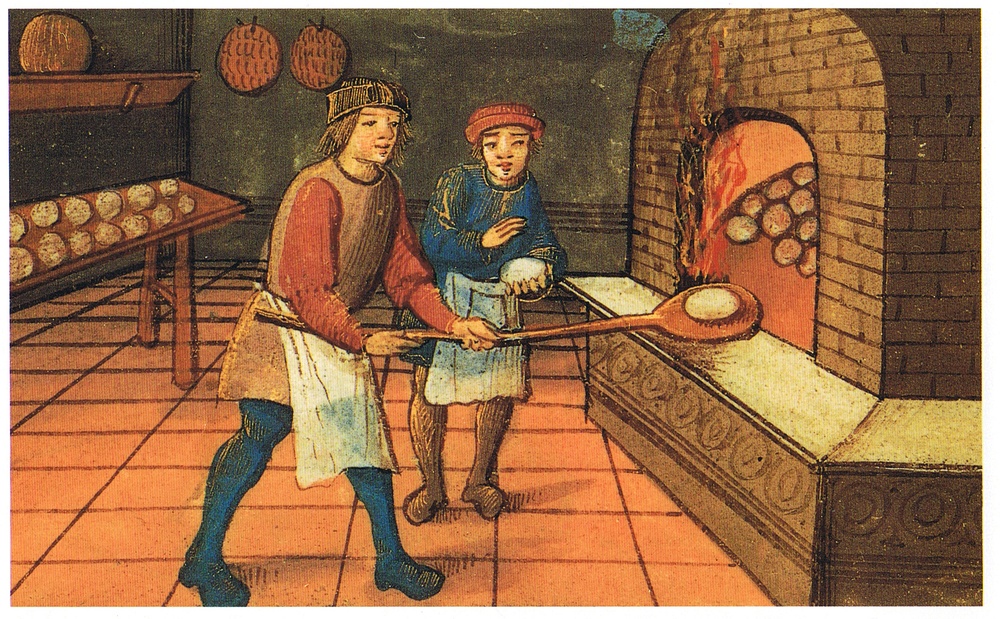
My 2015 New Year's Resolution of reading 52 books in 2015 is complete! I even did better than that and read a few more too. 60. Slade House - David Mitchell Ending the...
Women have been using makeup for thousands of years and beauty in Ancient Rome was just as important as it is today. Just as we do, they even had books that helped women stay on top of beauty trends. Many of you might be familiar with the poet Ovid’s Metamorphoses and Amores but I would bet you’ve not heard of his Medicamina Faciei Femineae or Women’s Facial Cosmetics, sometimes seen as The Art of Beauty. The fragment we have from this book (see the link above) is fascinating, offering up three and a half beauty tips for Roman women. The first is a lengthy and messy recipe on how to make your skin whiter. The second recipe on getting rid of pimples would, as we know now, kill you slowly over time. I imagine that many women paid such a high price to be beautiful:
Then make haste and bake pale lupins and windy beans. Of these take six pounds each and grind the whole in the mill. Add thereto white lead and the scum of ruddy nitre and Illyrian iris, which must be kneaded by young and sturdy arms. And when they are duly bruised, an ounce should be the proper weight. If you add the glutinous matter wherewith the Halcyon cements its nest, you will have a certain cure for spots and pimples. As for the dose, one ounce applied in two equal portions is what I prescribe. To bind the mixture and to make it easy of application, add some honey from the honeycombs of Attica.
That pesky lead. Unfortunately, it was a main additive to cosmetics for centuries. Romans used it in many things, including as a sweetener for wine, which is considered by some to be the cause of dementia that affected many Roman emperors.
There is also a recipe to get rid of blackheads and this little tidbit which is fragmented:
I have seen a woman pound up poppies soaked in cold water and rub her cheeks with them. . . .

Wonder what the poppies did? Did they smooth the skin or just act as rouge? I also wonder why Ovid decided to concern himself so much with beauty concoctions that he would write a book for the ladies to use. Perhaps he was a little bit entrepreneurial? Or just looking for love?
In 2003 archaeologists found Roman face cream at a site near London. They were able to recreate the cream which apparently gives women a white, smooth, powdery texture to their skin. It was a mixture of animal fat, lead and resins, probably similar to what Ovid describes above!

My 2015 New Year's Resolution of reading 52 books in 2015 is complete! I even did better than that and read a few more too. 60. Slade House - David Mitchell Ending the...

In early 2013 a Latin manuscript was discovered that contains some fascinating early medieval recipes. The manuscript dates from 1140 from the Durham Cathedral monastery...